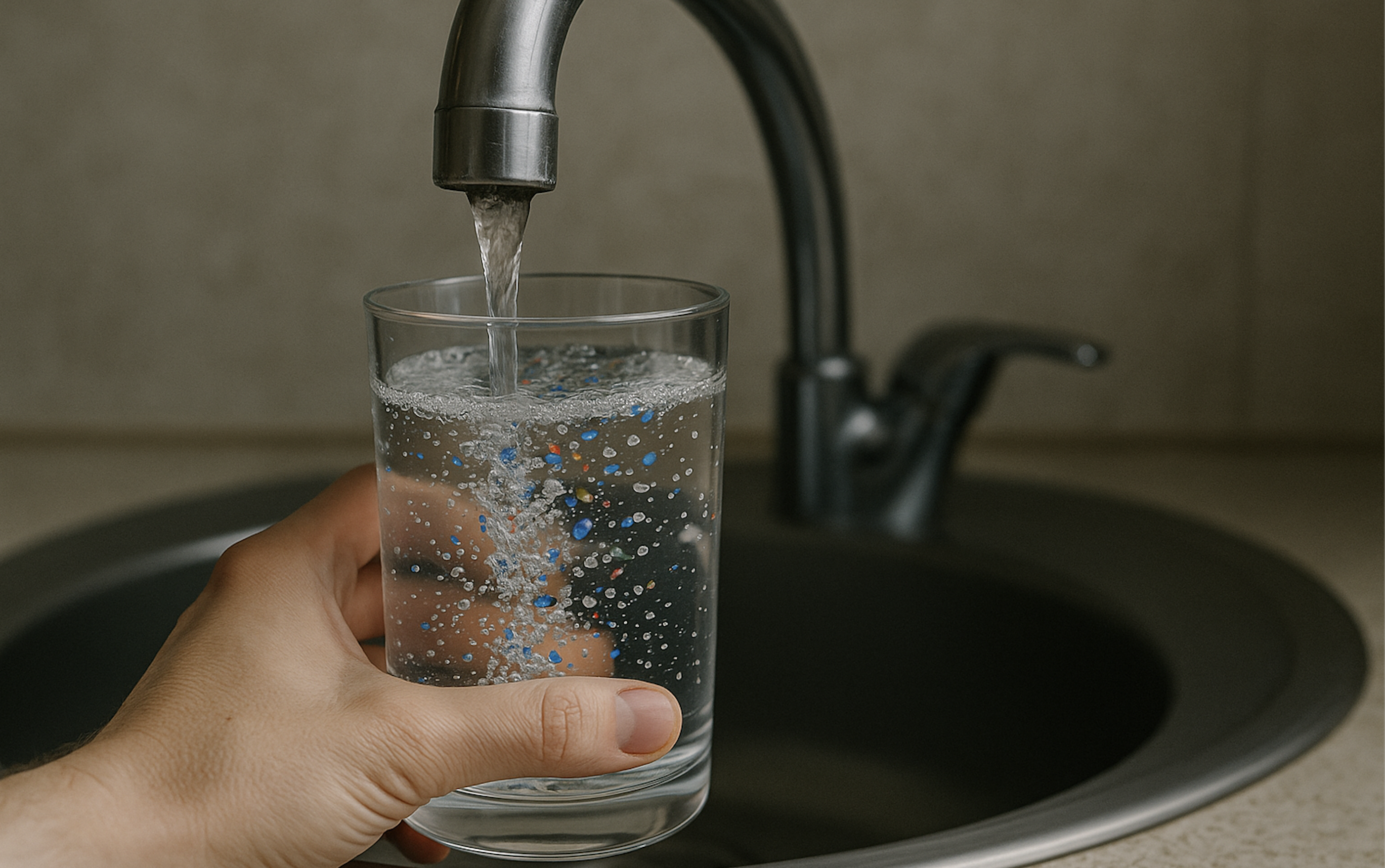How PFAS Get in Your Water: The Hidden Hazard in Your Tap
Understanding the sources of PFAS contamination and what you can do to protect yourself

You've likely heard of them by now—PFAS, or per- and polyfluoroalkyl substances—often referred to as "forever chemicals." These synthetic compounds have been making headlines for all the wrong reasons, especially when it comes to contaminating drinking water. But what exactly are PFAS, and how do they end up in your tap?
What Are PFAS?
PFAS are a group of more than 10,000 man-made chemicals developed in the 1940s for their resistance to heat, water, and oil. They're used in countless consumer and industrial products, including:
- Non-stick cookware (like Teflon)
- Waterproof clothing
- Food packaging
- Firefighting foam
- Stain-resistant carpets
These chemicals don't break down easily, which means they persist in the environment and build up in the human body over time.
How Do PFAS Get Into Drinking Water?
PFAS contamination isn't accidental—it's a byproduct of widespread industrial and consumer use. Here's how they make their way into your water:
- Industrial Discharges
Factories that manufacture or use PFAS in their processes often discharge waste into rivers, lakes, or soil, leading to contaminated groundwater and surface water sources.
- Firefighting Foam
Airports, military bases, and fire training sites use AFFF (aqueous film-forming foam) to extinguish fuel fires. This foam contains high levels of PFAS, which leach into soil and water supplies.
- Landfills
PFAS-containing products tossed into landfills eventually leach into the ground. Rainwater filtering through trash creates leachate that can seep into nearby groundwater.
- Wastewater Treatment Plants
PFAS chemicals aren't removed during standard wastewater treatment. Treated water discharged back into the environment can still contain significant PFAS levels.
- Runoff from Consumer Products
Everyday items like water-repellent clothing or treated carpets can shed PFAS that enter water systems via stormwater runoff or improper disposal.
Why Is This a Problem?
Even at very low levels, PFAS are linked to numerous health concerns:
- Hormonal disruption
- Increased risk of cancer
- Liver and kidney damage
- Immune system suppression
- Developmental issues in infants and children
And because PFAS are bioaccumulative, the more you're exposed, the more they build up in your body over time.
Is Your Water Affected?
Unfortunately, PFAS contamination is widespread. In fact, the U.S. EPA estimates that up to 200 million Americans may be exposed through their drinking water.
To find out if your area is affected:
- Check the EPA's PFAS dashboard
- Request a local water quality report from your utility
- Consider home water testing kits certified for PFAS
How Can You Protect Yourself?
You can't control industrial practices, but you can reduce your risk of PFAS exposure with a few proactive steps:
✅ Use a Certified Water Filter
Look for filters that are NSF-certified to remove PFAS. Popular types include:
- Activated carbon filters
- Reverse osmosis systems
✅ Avoid PFAS-containing Products
Check labels on cookware, makeup, clothing, and fast-food wrappers. Watch out for terms like "non-stick," "waterproof," or "grease-resistant."
✅ Stay Informed
Regulations are changing fast. Sign up for alerts from your state's environmental agency or the Environmental Working Group (EWG).
The Bottom Line
PFAS contamination is one of the most pressing environmental health issues of our time. While it's impossible to avoid these chemicals completely, understanding how PFAS get into your water empowers you to take action—starting with smarter product choices and cleaner drinking water.
Ready to Reduce Your Exposure to PFAS?
Join TraceWell to monitor your water, uncover hidden contaminants, and get smarter health recommendations - so you can make safer choices every day.
Sign Up for Free